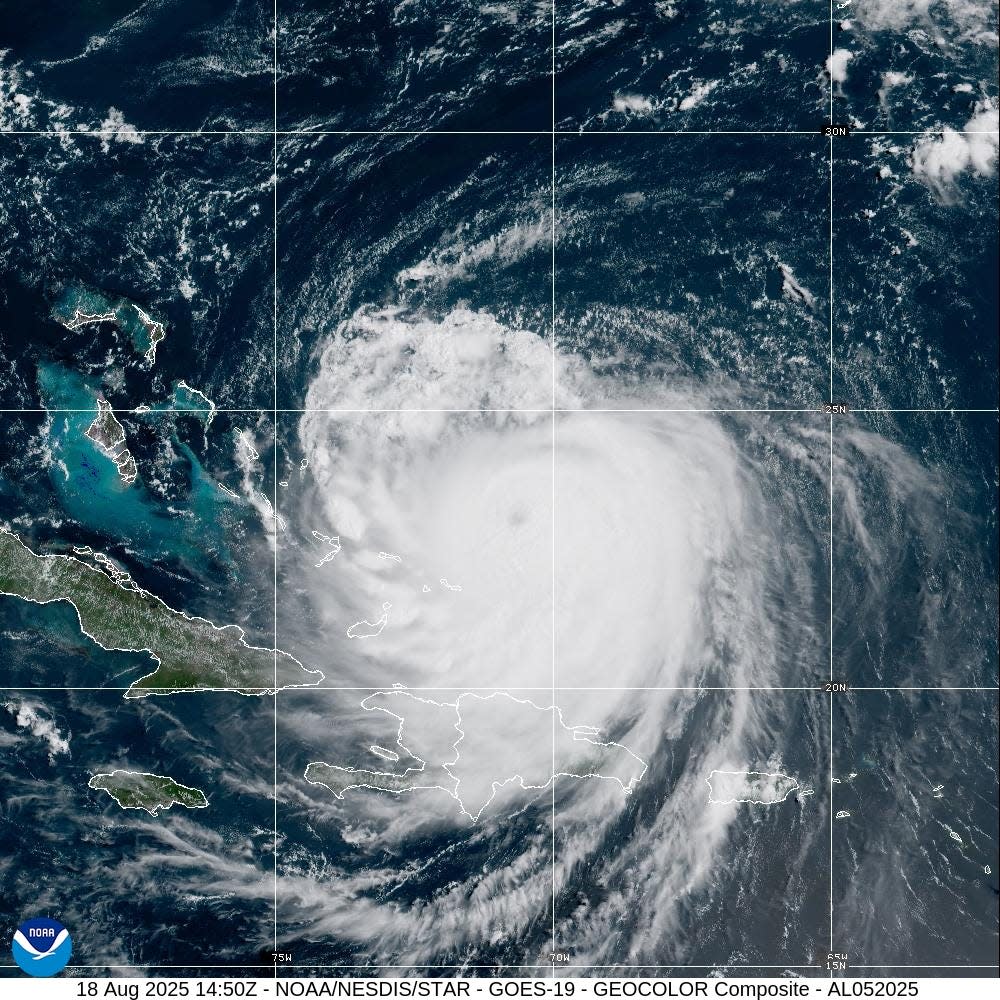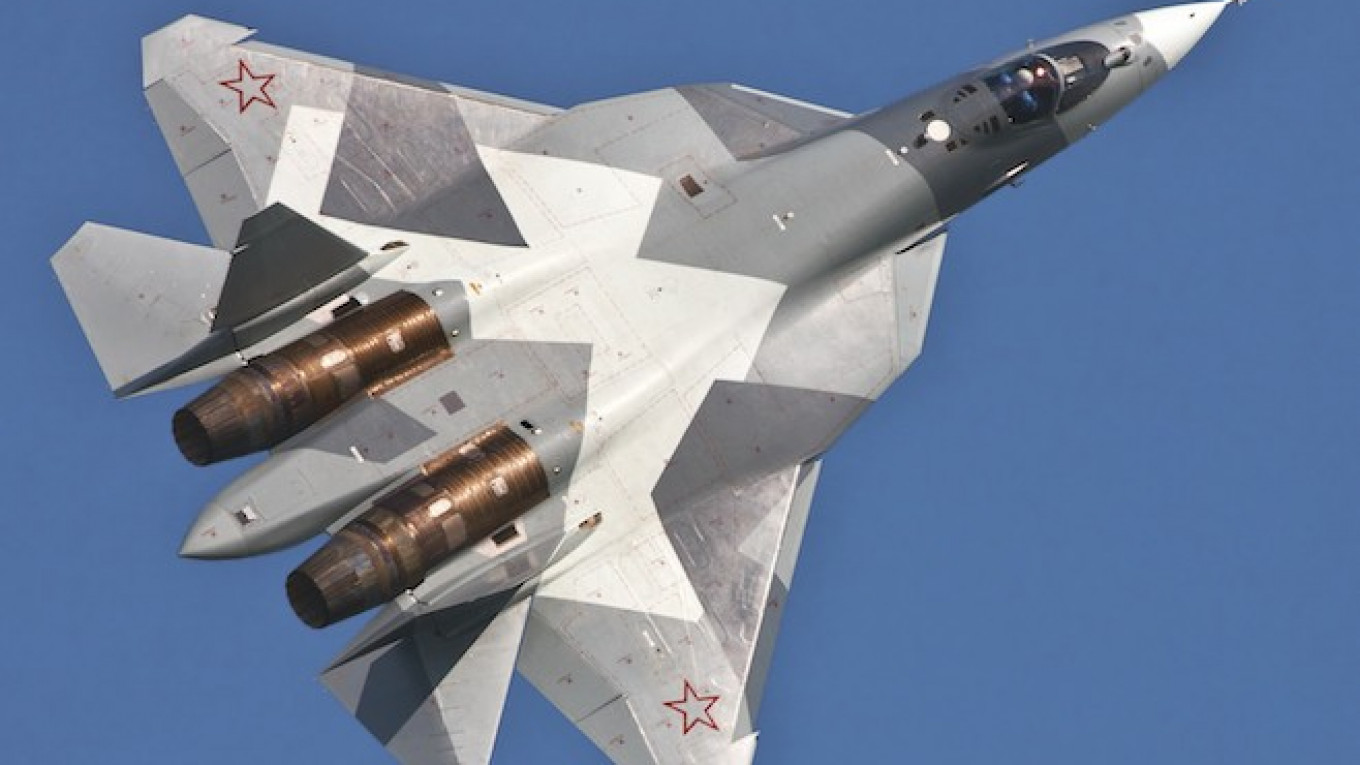Meet Russia’s new generation of super weapons
Russia has dramatically increased its military spending on tanks, submarines and stealth planes.
A report from the Stockholm International Peace Research Institute suggests Russian military has nearly doubled its spending since 2006.
Some of these new war machines have Western military experts shaken — and for good reason.
Here’s everything you need to know about the fearsome new generation of war machines Russia will soon be rolling out onto the world scene.

The game-changing feature on the T-14 is its fully automated and unmanned turret, the first tank in operation to ever feature one. It allows the Armata to operate with a well-protected crew of three (as opposed to an M1 Abrams tank’s more vulnerable crew of four), and opens up the possibility that it will, one day, be the first fully automated tank.
“For the crew, it’s like playing a video game, taking some final moves and making decisions,” the tank’s deputy designer explained to the foreign media in 2015.

Russia’s new, largely automated T-14 Armata tank has Western military experts worried. That’s because this so-called supertank has serious technological upgrades over the tanks currently in use by NATO.
“As a complete package, Armata certainly deserves its billing as the most revolutionary tank in a generation,” according to a UK Ministry of Defence report leaked to the London Daily Telegraph in November 2016.

The T-50 is better equipped to handle sustained supersonic flight than any Russian plane built before it, with a supersonic range of 930 miles. (Its range increases to 2,175 at subsonic speed.)
The plane’s life-support system, meanwhile, supports 9G maneuvers for up to 30 seconds. A VKK-17 partial pressure flight suit allows for the safe ejection of a T-50 pilot even at 14 miles above sea level.

On April 17, 2017, the US military sent a pair of F-22 Raptors to intercept a Russian Tu-95 “Bear” bomber flying near the Alaskan coast. A second Tu-95 was spotted even closer to Alaska — within 40 miles — the next day. Rep. Adam Kinzinger (R-IL) characterized the flight as a “rejuvenation of the Cold War.”
Though the Tu-95 dates back to 1952 (making it the only propeller-powered bomber still in use), it got a deadly new upgrade in 2015: 250-kiloton nuclear-tipped missiles.







